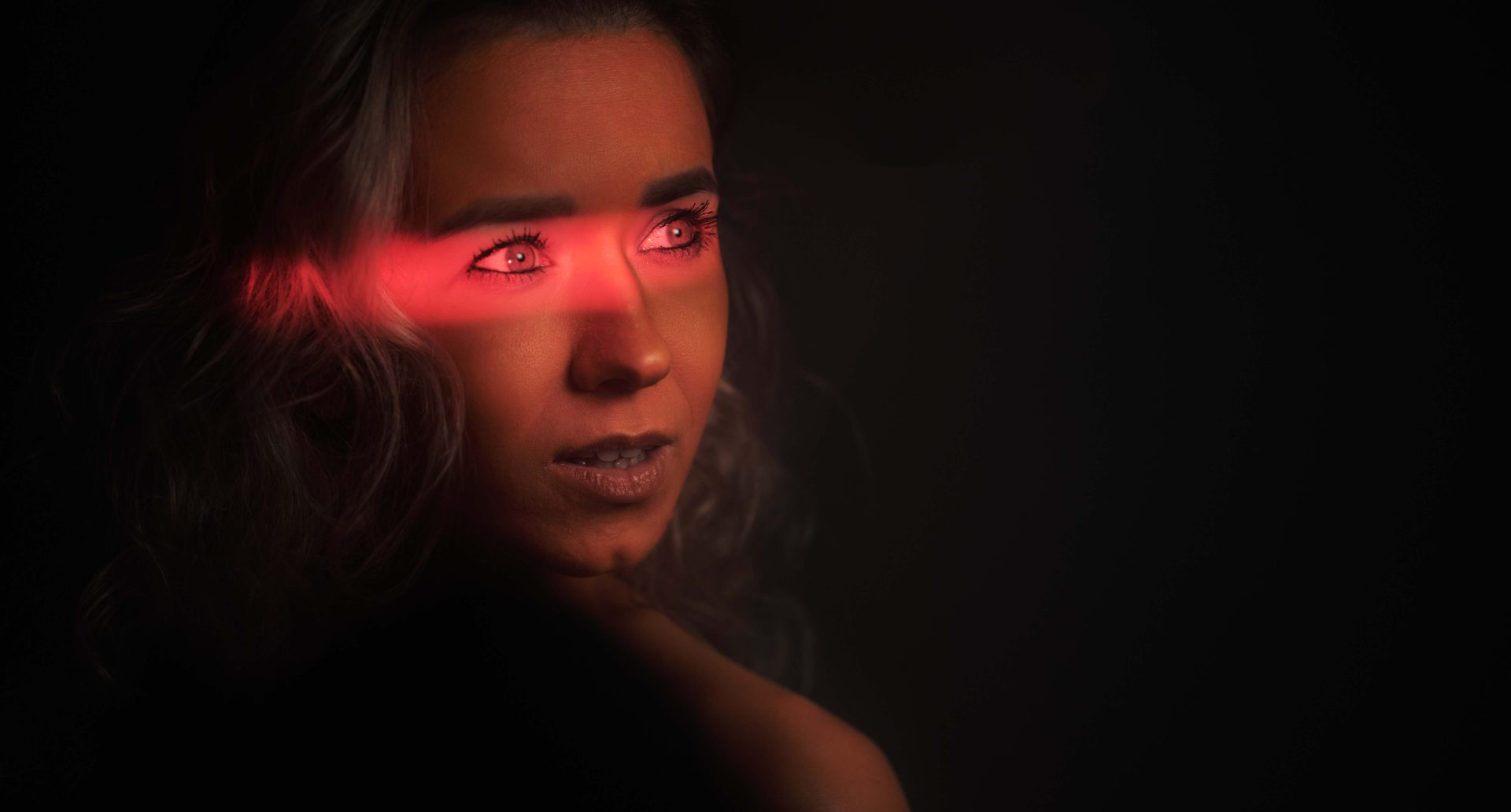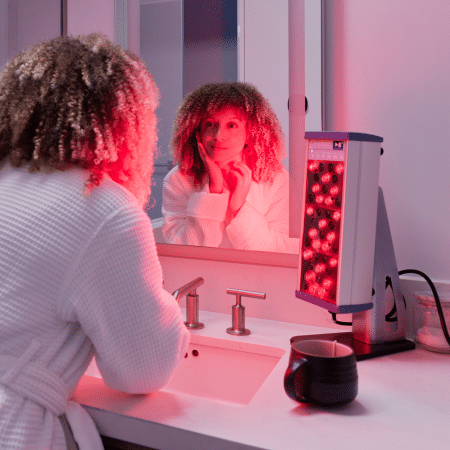This research explored the potential of red light therapy to improve eyesight that naturally declines with age by enhancing the function of the mitochondria in the cells of the eye. Mitochondria are the energy powerhouses of cells, and their performance can significantly impact vision, particularly in the retina, which is rich in mitochondria. The study, led by Glen Jeffery from University College London, tested the effects of deep red (670 nm) and near-infrared light on 24 individuals aged between 37 and 70. Participants were exposed to red light for three minutes in the morning, and their color vision was tested afterward. Results showed a 12 to 17 percent improvement in color vision performance, which lasted up to a week in some individuals. Notably, no improvement was observed when the light exposure was given in the afternoon.
The underlying mechanism of this improvement is linked to the way red light interacts with mitochondria. The light appears to energize the ATP synthase pumps in the mitochondria, which are responsible for producing ATP, the energy currency of cells. This boosts the efficiency of the mitochondria, making cells more energy-efficient, which can improve overall function, including the health of the retina. The study’s findings suggest that red light therapy may offer a novel, non-invasive treatment for age-related vision decline. While the results were promising, researchers, including Louise Gow from the Royal National Institute of Blind People, emphasized the need for larger studies to confirm these benefits and explore its potential for treating common conditions like age-related macular degeneration and diabetic retinopathy.





